How to test trailer brakes
For the safety of ourselves, our goods, our horses, and others on the road, it is important to be prepared for terrifying moments when cars turn or stop in front of tractors. If you are not 100% sure that the trailer brakes are working properly, you are not ready to go.
Today, we will pay special attention to testing trailer brakes in electric braking systems, which can be found in typical dual axle multi-purpose vehicles or horse trailers. Most trailers have two brakes on each axle, so if you have a two axle trailer, you will have four brakes.Using the electric trailer braking system, you can also install a brake controller (also known as a brake box) on the tractor. When you press the tractor's brake pedal, the brake controller will supply power to the brake itself through the trailer plug.
The setting of the brake controller will determine how much braking power the brake pedal will transmit. The digital brake controller can be set to automatically override existing settings, providing you with maximum braking power in emergency situations.
The problem is that during the test drive, it is not always easy to determine which (if any) trailer brake is working by simply pressing the pedal.
On the contrary, you may want to find a slider on the brake controller. It should be between 0 and 10, otherwise there will be an indicator light. If you do not immediately find the brake controller manual, please refer to.
After finding the slider, slowly move forward and start gradually pulling the slider. When you move from 0 to 10, you should feel more and more resistance. If you don't feel too much or any brakes as you approach 10 minutes, you know you have a problem.
Because this testing method bypasses the truck pedal, you can have a more accurate understanding of the trailer braking function. You will know that any resistance comes entirely from the trailer itself, not the tractor brakes.
If your trailer fails the braking test, it may be due to one or more common issues:
-Corrosion of wiring or brake components. This can sometimes happen if the trailer is parked for weeks or months at a time.
-Improper brake adjustment.
-Layered and/or grease saturated brake shoes.
-Missing components, such as gap adjusters.
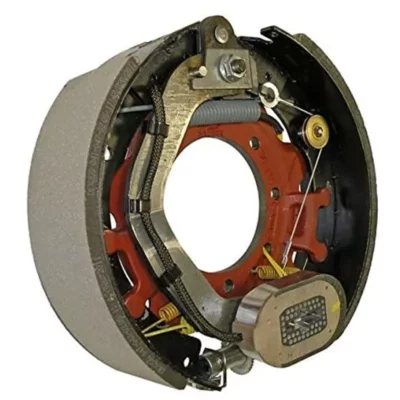


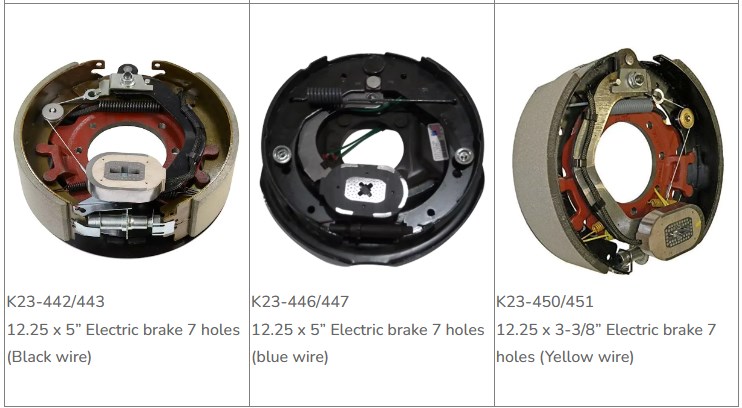

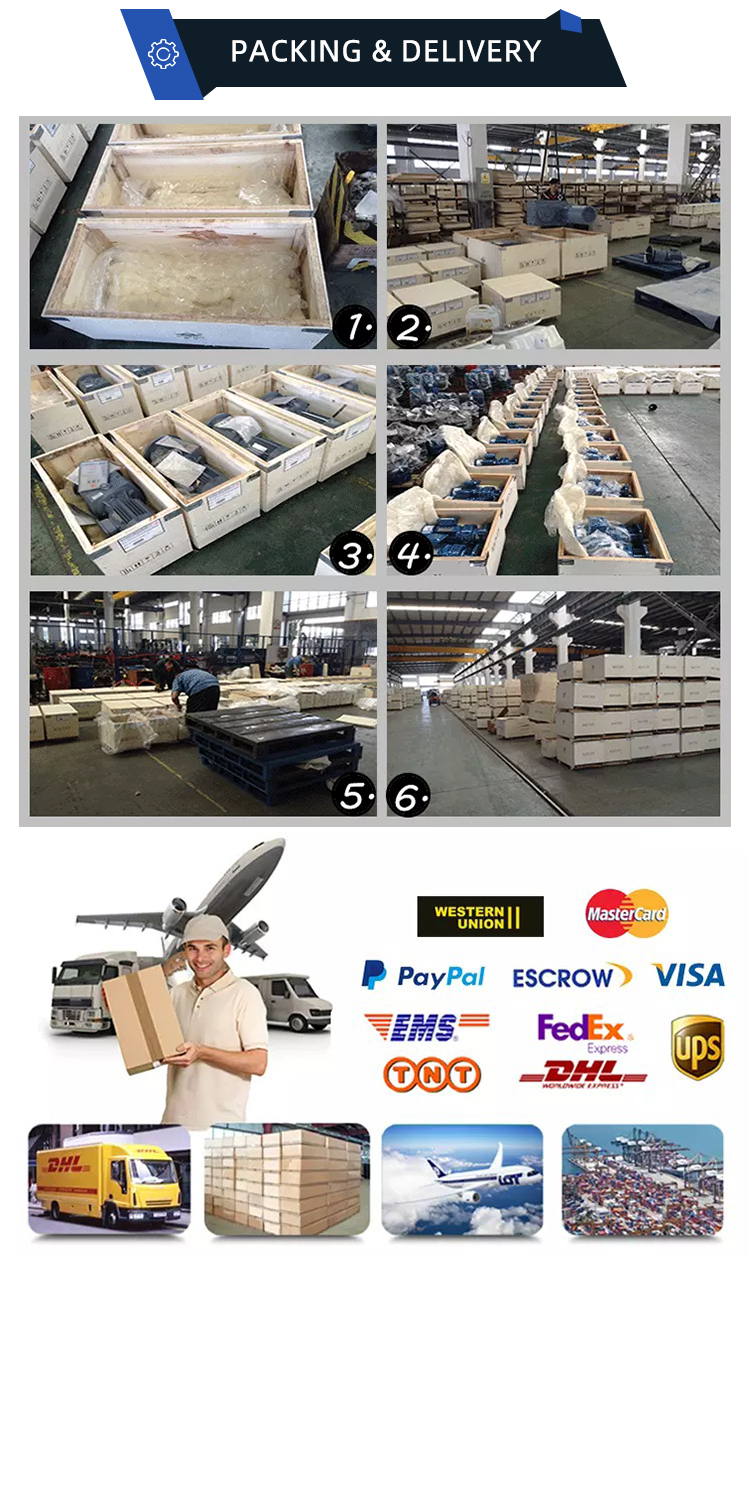

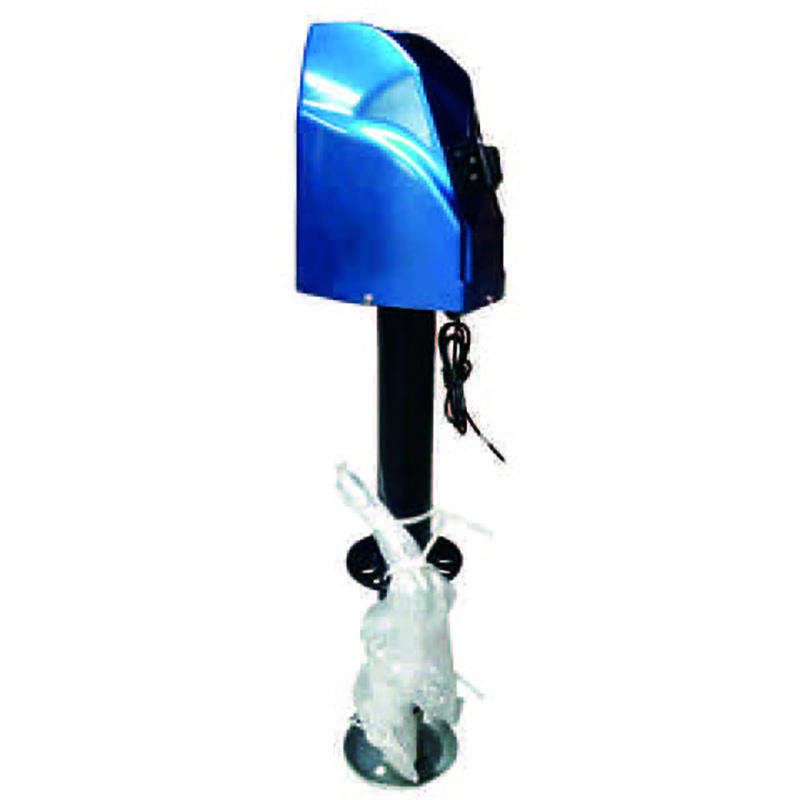 1BJY-324 4000LBS Capacity New Condition 12v Motor Trailer Electric Jack Parts and Accessories
1BJY-324 4000LBS Capacity New Condition 12v Motor Trailer Electric Jack Parts and Accessories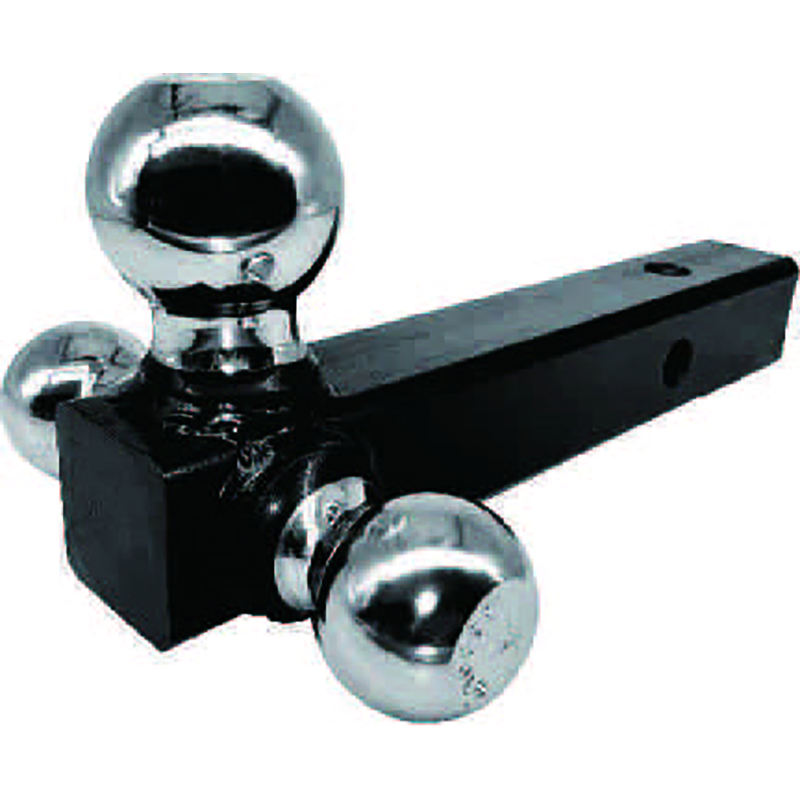 1BJY-HM-30 Chrome Ball Multi-Ball Mount New Condition Trailer Parts and Accessories with Clevis Hook Capacity 5000lbs
1BJY-HM-30 Chrome Ball Multi-Ball Mount New Condition Trailer Parts and Accessories with Clevis Hook Capacity 5000lbs 1BJY-A05 New Australian Coupler Equipped 3500KG Capacity Trailer Parts and Accessories with 50mm Ball Size
1BJY-A05 New Australian Coupler Equipped 3500KG Capacity Trailer Parts and Accessories with 50mm Ball Size Customized 40 Short Pitch Stainless Steel Extended Pin Roller Chain and Sprockets for Restaurant Industries
Customized 40 Short Pitch Stainless Steel Extended Pin Roller Chain and Sprockets for Restaurant Industries XG-4 High Quality Customized Rotary Tiller Blade Agricultural Machinery Part for Rotary Tiller Machine
XG-4 High Quality Customized Rotary Tiller Blade Agricultural Machinery Part for Rotary Tiller Machine 1BJY-TJ-15 New Weld-On Pipe-Mount Trailer Jack 5000LBS Capacity with Parts and Accessories Featuring Swivel Feature
1BJY-TJ-15 New Weld-On Pipe-Mount Trailer Jack 5000LBS Capacity with Parts and Accessories Featuring Swivel Feature